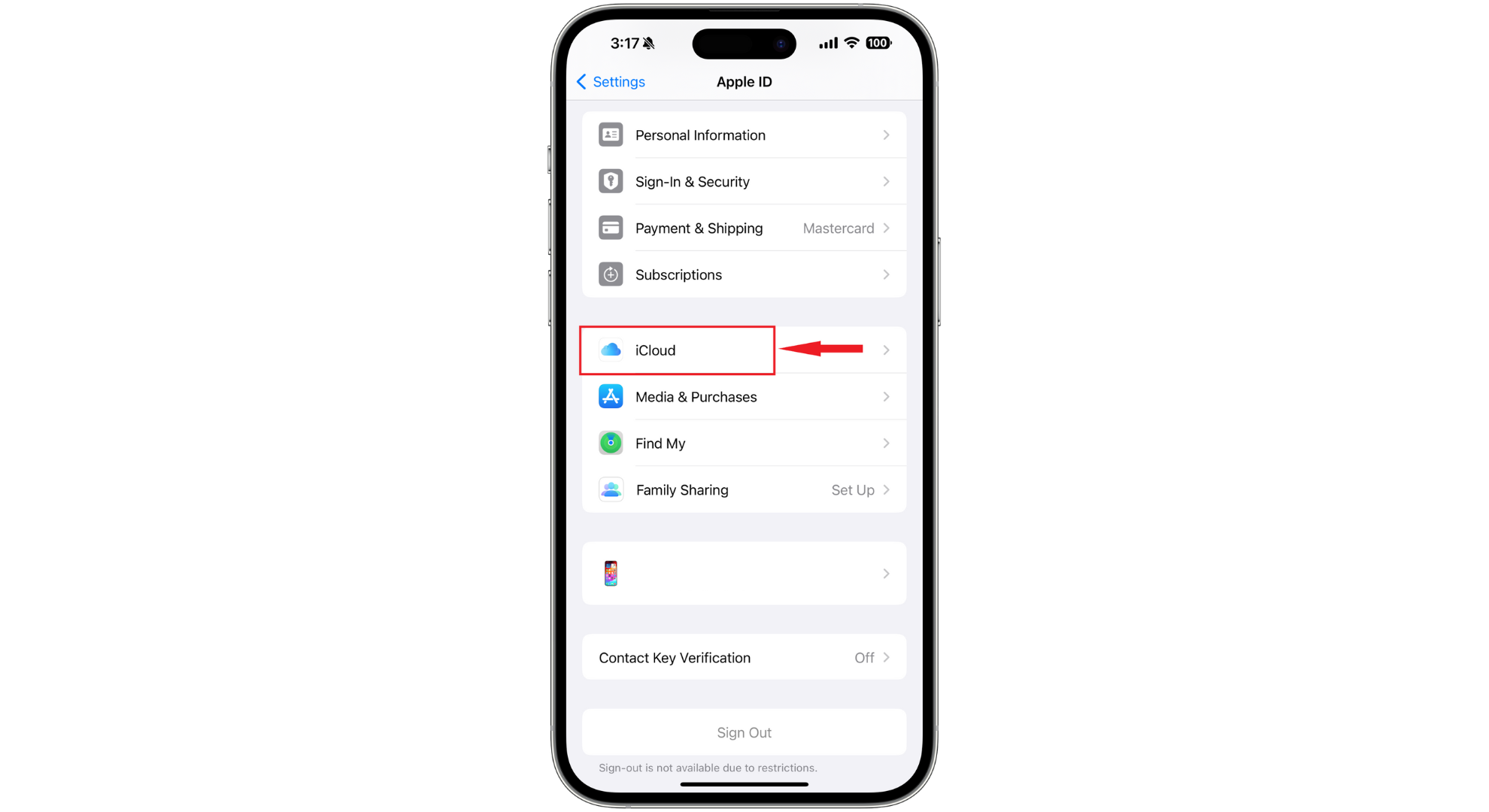How to Unsync iPhone from iPad: 3 Different Methods
Apple simplifies data sharing, such as music and photos, across your devices, including iPhones and iPads, using iCloud, Family Sharing, and iTunes. This centralizes your digital experience. However, you might want to separate these devices to enhance privacy or optimize storage management.

Keeping your devices unsynced allows you to maintain distinct personal and work environments. It streamlines storage management and prevents unnecessary file duplication.
This guide will detail the reasons for unsyncing your iPhone from your iPad and provide step-by-step instructions on how to effectively do so. Rest assured, this process is reversible, allowing you to resync whenever you deem appropriate.
Let’s proceed with the steps on how to unsync your iPhone from your iPad to fully leverage the benefits this provides.
Method 1: Remove Apple ID
To completely stop your iPhone and iPad (or another iPhone) from syncing, they must each use separate Apple IDs. This is particularly relevant if the second device is intended for use by someone else in your household, such as your children, spouse, or family members.
Each device using a distinct Apple ID will ensure privacy and personalized content, preventing unwanted information sharing.
- Go to “Settings” on your iPad, tap your name at the top, and select “Sign Out” at the bottom.

Tap Sign Out - Decide what to keep on your device, then tap “Sign out.”

Select all the required options - Confirm your decision by tapping “Sign Out” again.

Tap Sign Out again - To log in with a new Apple ID, reopen the Settings app, tap “Sign in to your iPhone,” fill in the new Apple ID credentials, and select “Continue.”

Tap Continue
Method 2: Uncheck All Sync Options
Completely removing your iPad from your Apple ID ceases all syncing features, but it’s not always the best option. Doing so would mean losing access to beneficial features like Apple Pay and paid subscriptions.
A more refined approach is to disable iCloud syncing for specific applications. This allows you to tailor the information shared between your devices to suit your preferences.
- Launch the Settings app on your device. Your Apple ID name will be visible at the top; tap it to access “Apple ID” settings.

Tap on your Name and Profile picture - Find and tap on “iCloud.”

Tap on iCloud - Select “Show all.”

Tap Show All - You will now see a list of apps that use iCloud for syncing. Select the apps you want to stop syncing between your iPhone and iPad and toggle them off.

Select the apps you want to unsync
This method provides control over what content is synchronized, without foregoing all the advantages of maintaining an Apple ID.
Method 3: Disable Handoff Feature
Handoff is a convenient feature from Apple that allows seamless workflow transition from one device to another. For instance, you can initiate an email on your iPhone and effortlessly continue it on your iPad.
You can even utilize the universal clipboard to copy content on your iPad and paste it on your iPhone. However, if you prefer your iPhone and iPad to operate more independently, you can disable Handoff.
- Open the Settings app on your iPad or iPhone. Locate and tap on the “General” option.

Tap General - Within the General settings, find “Handoff & Airplay” and tap to view its settings.

Tap on Handoff & Airplay - Locate the toggle switch for Handoff and slide it off to disable the feature.

Tap to turn off the toggle
This action will cease automatic task and clipboard sharing between your iPhone and iPad, assisting in maintaining separate operations on each device.
 Reviewed by
Reviewed by 




